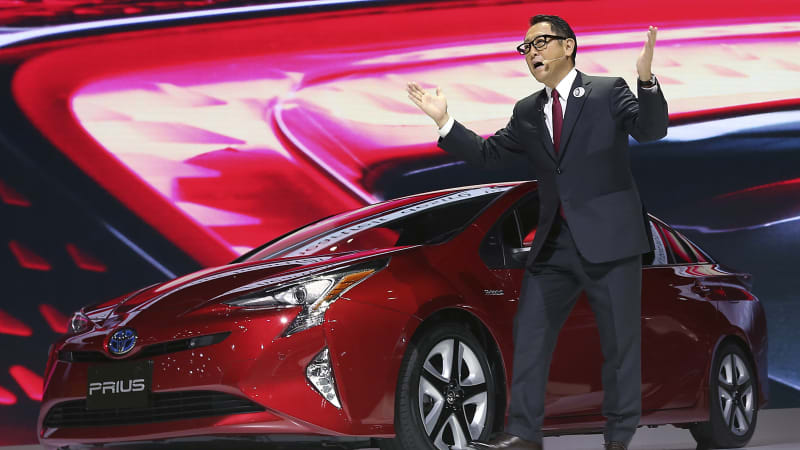China will further stabilize market expectations, optimize the consumption environment, and release the consumption potential of NEVs to a greater extent, the meeting also mentioned.

(Image credit: CnEVPost)
China is expected to extend the tax incentives for new energy vehicles (NEVs), which will expire at the end of the year, to continue supporting the fast-growing industry.
China will extend and optimize the NEV purchase tax exemption policy, to build a high-quality charging infrastructure system, according to an executive meeting of the State Council hosted by Premier Li Qiang today.
The meeting studied policy measures to promote the high-quality development of the NEV industry, according to the content of the meeting released today by state broadcaster CCTV.
China will further stabilize market expectations, optimize the consumption environment, and release the potential of NEV consumption, according to the meeting.
NEVs are the main direction of transformation and upgrading of the automotive industry, and the development space is very broad, the meeting mentioned.
China should consolidate and expand the advantages of NEV development, further optimize the industrial layout, and strengthen key core technologies in key areas such as power battery systems, new chassis architecture, intelligent driving systems, according to the meeting.
The country will coordinate the development of domestic and international resources to improve the power battery recycling system, according to the meeting.
The foundation of China's recovery so far this year is not yet solid, and China should further stabilize expectations, boost confidence in development, stimulate market vitality and promote a sustained rebound in economic operation, the meeting mentioned.
The CCTV report did not mention what specific support measures for the NEV industry were examined at the meeting, or how long the NEV tax exemption would be extended. A Bloomberg report earlier today said China is considering extending the tax exemption for cheaper NEVs for another four years.
One of those measures could be an extension of the purchase tax break for electric and plug-in hybrid vehicles priced below RMB 300,000 yuan ($42,510), according to the Bloomberg report.
To support the development of energy-efficient vehicles, China first began exempting NEVs from purchase tax in 2014.
The policy originally expired at the end of 2017, but was renewed before it expired until the end of 2020. In March 2020, China renewed the policy again until the end of 2022.
On September 26, 2022, several Chinese government departments jointly announced that the purchase tax exemption for NEVs would continue until the end of 2023.
China mulls extending tax exemption on cheaper NEVs for another 4 years, report says
The post China to extend and optimize NEV purchase tax exemption policy, says State Council meeting appeared first on CnEVPost.
For more articles, please visit CnEVPost.












